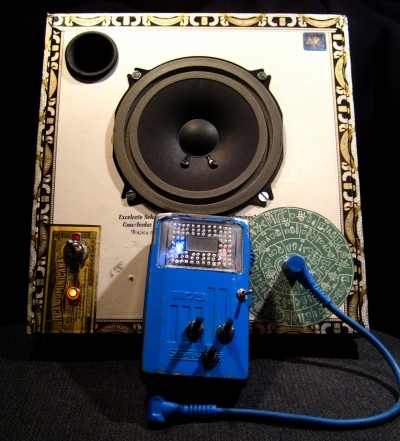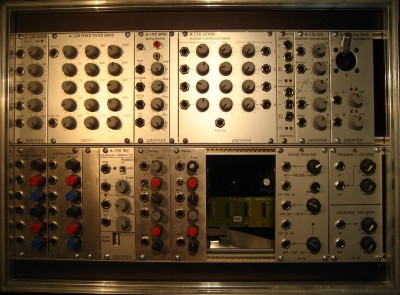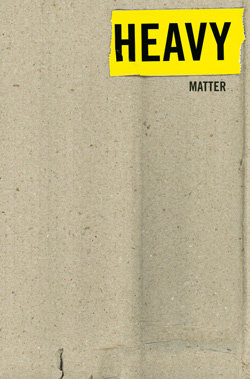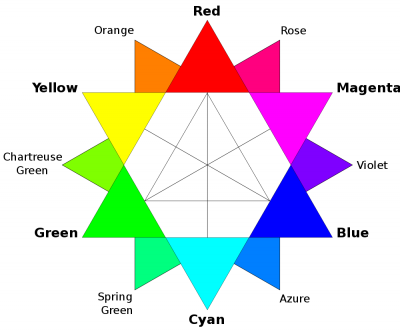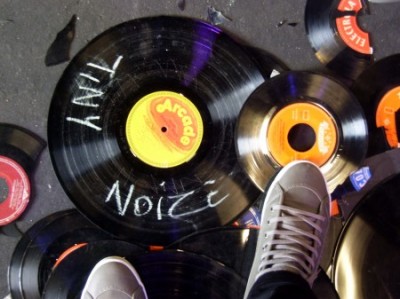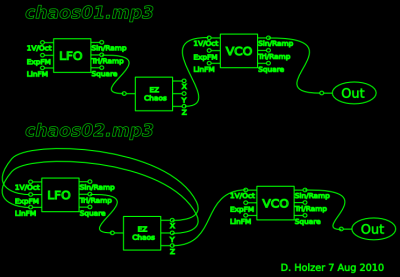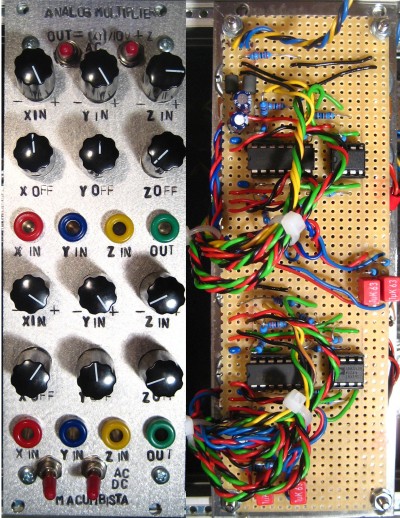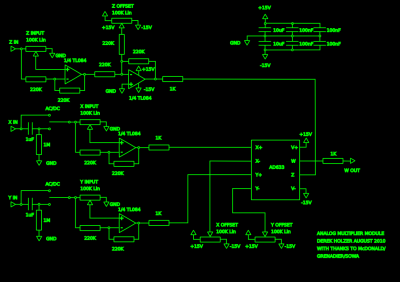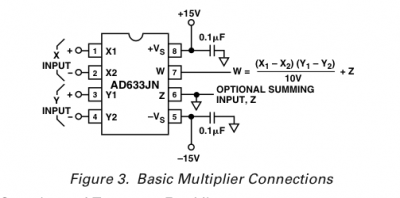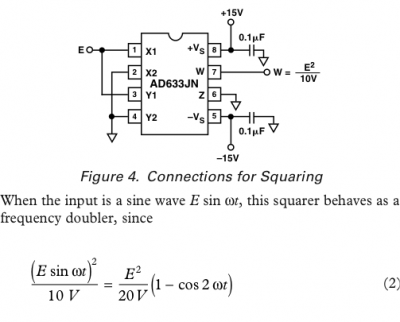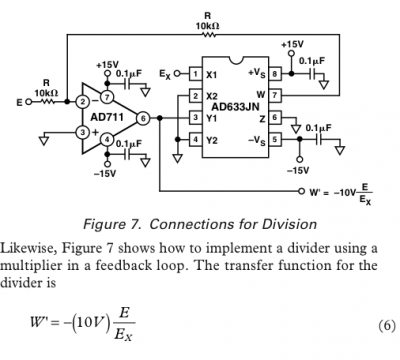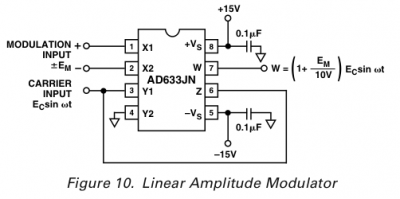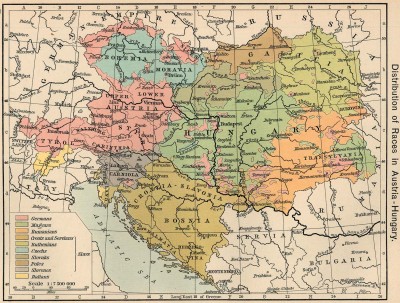
Hungarian Tour
From 31 August until 5 September, I will be joining András Nun (UH Fest, Budapest), Luka Ivanovic (Luka Toyboy, Beograd), Balázs Pándi (Merzbow drummer/A38, Budapest) and Péter Szabó (Jackie Triste, Budapest) for a tour of various locations in Hungary related to András’ work with human interest NGOs.
András has described the theme of our excursions as Poverty and Exclusion in Hungary–or–What Can an International Festival Representing Peripheral Music Do About the Problem of People Forced to the Periphery, How Can It Act Against Their Exclusion? and the project has tie-ins to the upcoming UH Festival in Budapest in October.
Our trip will take us through the cities/regions of Monor, Budapest, Esztergom, Vanyarc, Szomolya, Berettyóújfalu and Bicske and will end with a sound workshop for young Afghan refugees. A challenging situation to be sure, but one I look forward to!
ISEA Disasters
On the topic of challenging situations…I just returned from my participation in the KHM Heavy Matter show at ISEA 2010 in Dortmund. I had much harsher words lined up about the way this event unfolded, which I will refrain from putting into print.
Suffice to say that, in spite of massive infrastructural shortcomings and an almost complete lack of support from the venue (an investment-wreck shopping mall) or the organizations involved, I at least succeeded in playing one half hour set of extremely loud and chaotic analog synthesizer sound in the confines of a very small elevator. Photos and sounds soon…
ISEA Highlights
Besides this glorious waste of my own time and money, the weekend there was brightened by seeing exhibited projects by Natalie Bewernitz & Marek Goldowski, Aernoudt Jacobs, Yunchul Kim, Herwig Weiser, HC Gilje, Carsten Nicolai, Sophie Bélair Clément and Joyce Hinterding at the two major locations in Dortmund.
The Arctic Perspectives show organized by Hartware Medienkunst Verein at the Phoenix Halle was also mind-blowing in its scale, and could easily consume several days of attention with its collection of videos, field recordings, literature and architectural models.
Climbing around in the beautiful rust-scape of the abandoned factory next to the Phoenix Halle was certainly worth the trip, and seeing the collection of analog synths at Institute for Computer Music and Electronic Media (ICEM) in Essen-Werden was a memorable experience, even if it meant sitting through almost an entire day of dry, cliched electroacoustic compositions (sometimes with goddamned opera singers!) to get to that point. And finally props to the Estonians for You Must Relax – A Day Without the Mobile Phone, by Eve Arpo and Riin Rõõs. If only every day could be so nice!
Thanks go out to Servando Barreiro for being Da Roadie, and to Timo Toots for being Da Man!
Now Playing
bruno maderna–musica elettronica[1994 stradivarius]
common eider, king eider–worn[2010 root strata]
david tudor–neural synthesis nos. 6-9[1995 lovely]
earle brown–selected works 1952-1965[2006]
grouper–hold-sick 7″[2010 room40]
heart museum–leaf[2010 mars pyramid]
hecker–neu[2010 editions mego]
jan jelinek & masayoshi fujita–bird lake objects[2010 faitiche]
keiji haino & pan sonic–in the studio 2LP[2010 blast first petite]
mood organ–calcinatio 52 x C13, vols. 9 & 10[2010 self-released][thx timm!]
nadja–sky burial[2010 latitudes]
the dan people (ivory coast)–dan masks[1993 ocora]
various artists–forge your own chains-heavy psychedelic ballads and dirges 1968-1974[2010 now-again]
various artists–mata la pena-a compilation of international music[2010 mississippi]
various artists–string of pearls_jewels of the 78rpm era 1918-1951[2010 mississippi]
von goat–septic illumination[2010 nuclear war now!]

